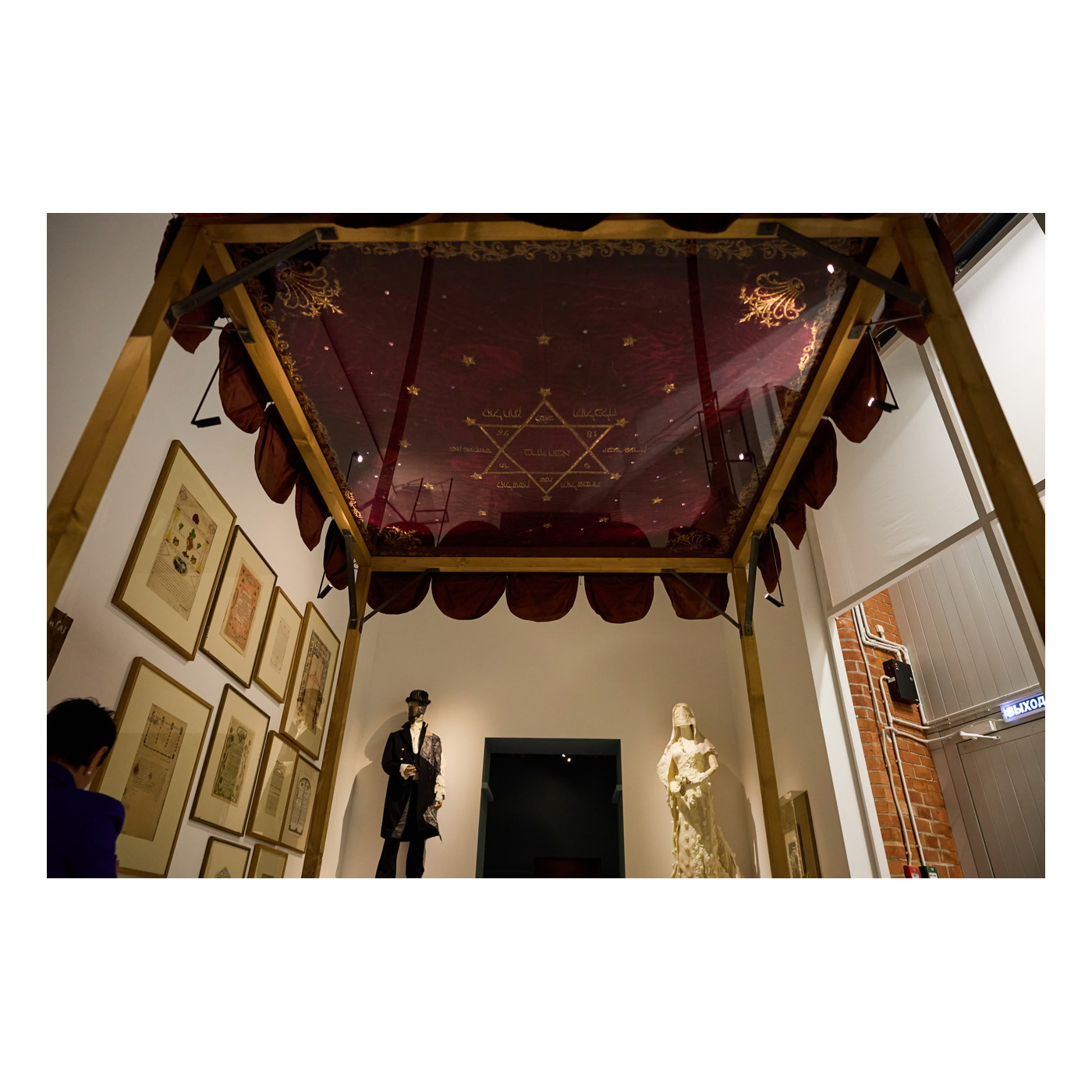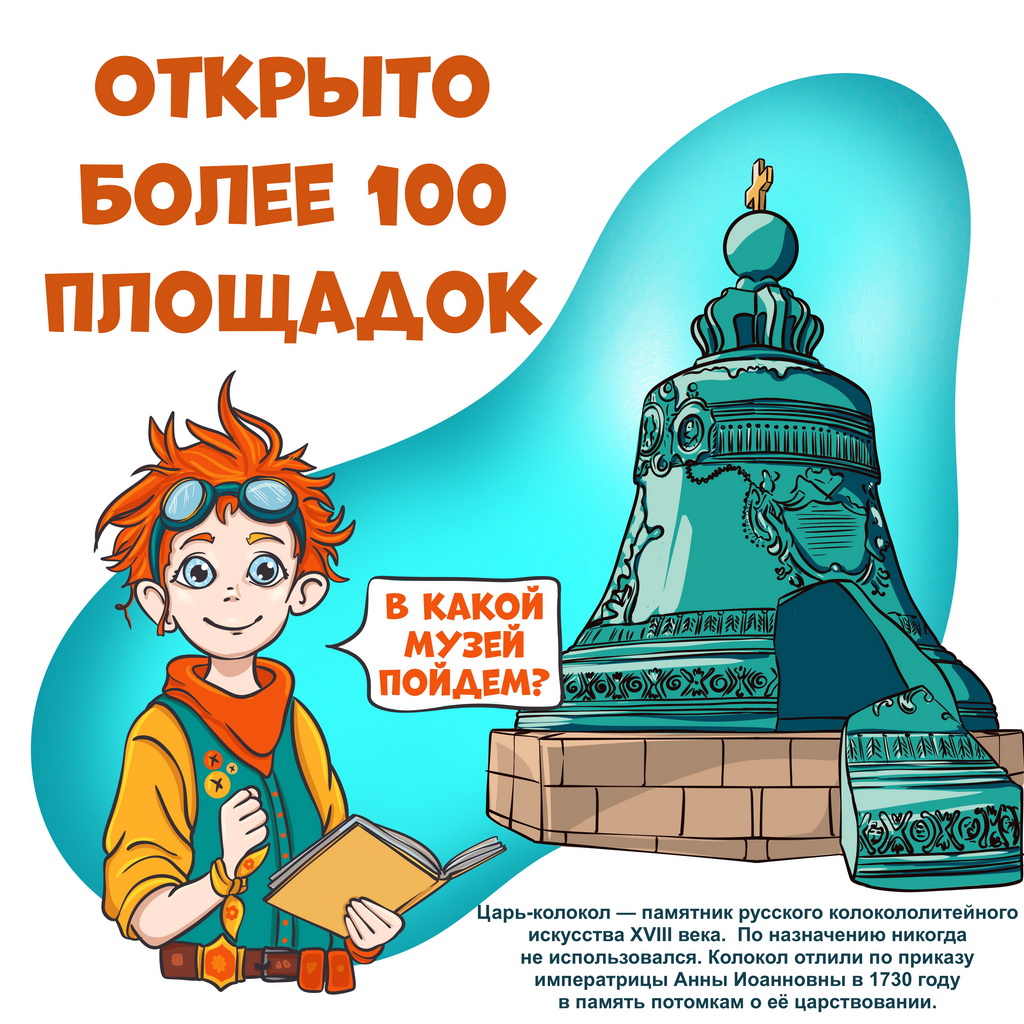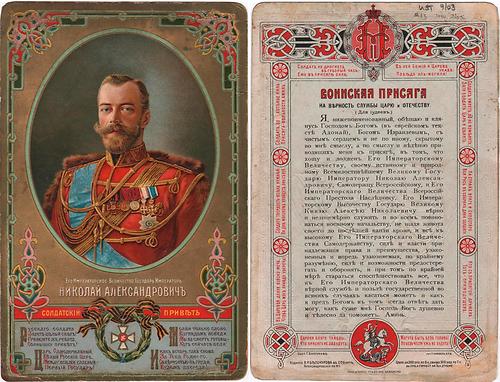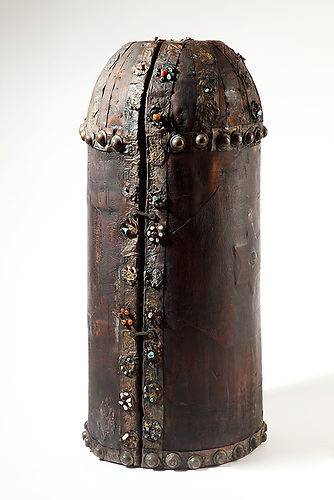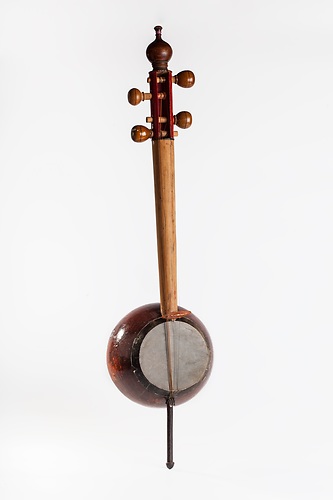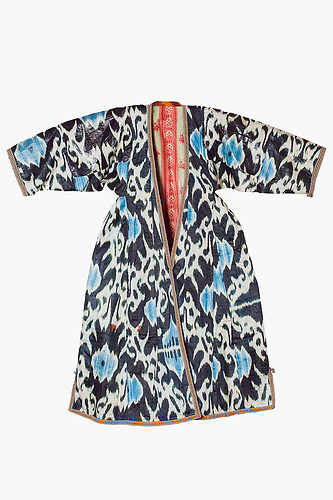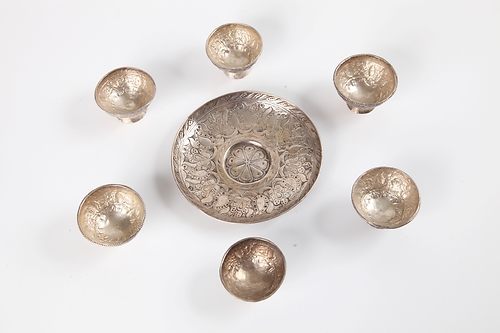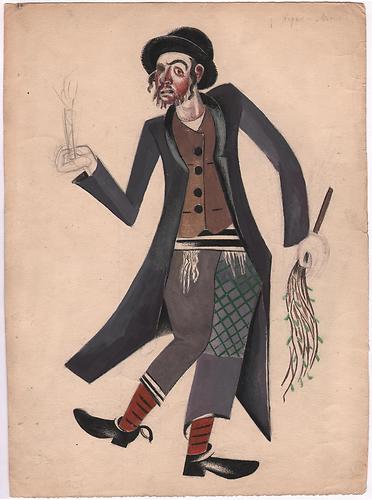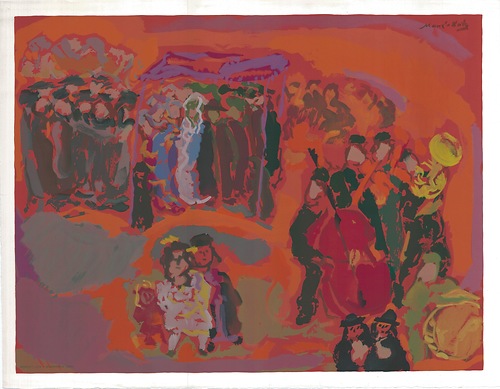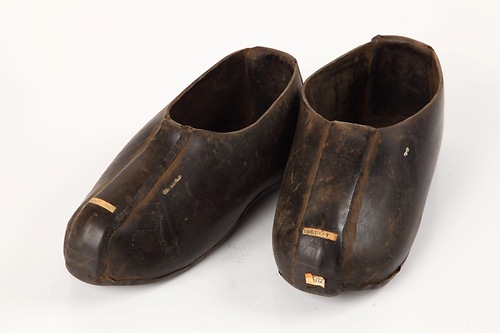An exhibition dedicated to Jewish wedding customs has opened in Moscow
On November 26th, the exhibition "Jewish Wedding: For Each Other Since the Beginning of Time" opened in the Jewish Museum and Tolerance Center. Our Museum of Jewish History in Russia and The Russian Museum of Ethnography are partners in this project. The exhibition’s curators' intention has been to showcase, through the symbolism of traditional wedding rituals and the ancient customs of the Jewish people, the concept of marriage and the meaning of family.
Retaining the marriage and weddings part of the permanent exhibition, our Museum of Jewish History in Russia has contributed a loan of over 40 collection items to the newly opened exhibition. Among them are unique examples of 19th and 20th century marriage contracts from various Jewish communities, jewelry and elements of Mountain and Bukharan Jewish wedding costumes, a large collection of engagement and wedding invitations, and lithographs by Issachar Ber Ryback and Mane Katz.
However, in the spotlight of the "Jewish Wedding: For Each Other Since the Beginning of Time" exhibition stands the beautiful chuppah from our Museum's collection – a traditional wedding canopy, familiar to many only from the cinema, under which the rabbi "blesses" the bride and groom.
A wedding is one of... Read more
